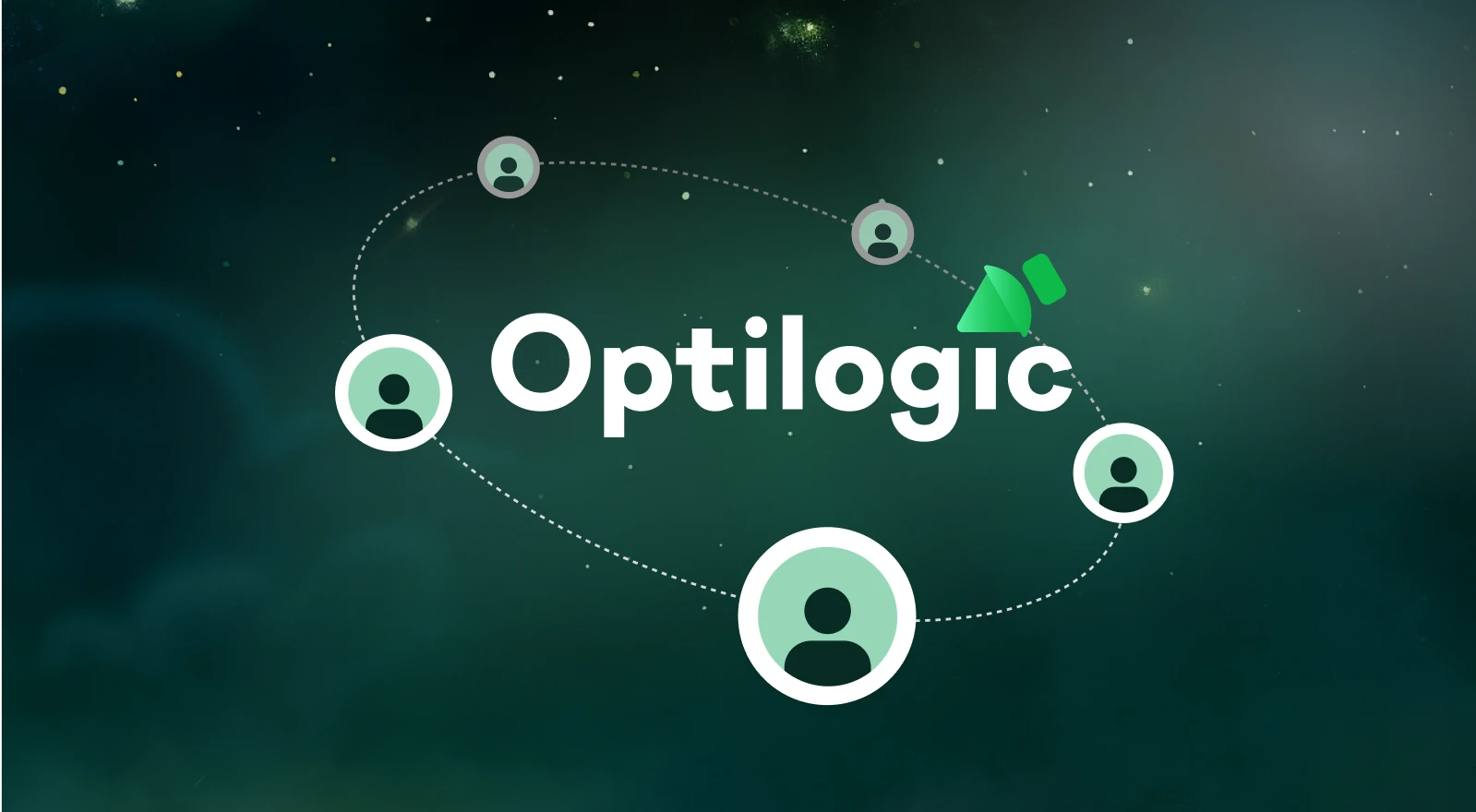Optilogic Training Courses teach teams to model, analyze, and optimize supply chains with confidence. Learn Cosmic Frog and DataStar through expert-led, hands-on sessions that deliver faster insights, stronger decisions, and measurable ROI.



Explore Optilogic’s on-demand training library, curated to help you learn exactly what you need, when you need it. Access everything at your fingertips and move through each module at your own pace.
This video answers that by introducing the foundational components that make every Cosmic Frog model work — the locations, products, connections, and rules that form the backbone of your digital supply chain.
This episode shows you how to get comfortable working with data inside the Cosmic Frog interface. You’ll learn how to clean up your tables, filter columns by engine type, hide what you don’t need, and pin what you do — turning overwhelming spreadsheets into focused, usable views.
This chapter walks through a practical, real-world loop: export a demand table to Excel/CSV, make changes, then import it back. You’ll see the two import paths in action—Replace (wipe and reload) and Upsert (update existing rows, insert new ones)—and how Cosmic Frog keeps you honest with Model Activity cards, record counts, and clear success checks. By the end, you’ll know exactly when to use each method, how to avoid accidental data loss, and how primary keys decide what gets updated vs. created.
This episode dives into geocoding and distance calculations, the backbone of accurate supply chain modeling. You’ll see how to turn raw addresses into latitude/longitude points, verify them visually, and switch between providers like Mapbox, Bing, or Azure with a single key. From there, the video shows how Cosmic Frog calculates road distances and transit times, either from your own data or through automated lookups powered by external APIs. The best part? You’ll discover how flexible the platform is.
Please try different keywords.
Learn how to navigate the DataStar interface and understand the core concepts behind your data transformation workflows. This overview walks you through the Optilogic platform, including projects, macros, data connections, and how to use Leapfrog AI to build tasks with natural language prompts.
Please try different keywords.
Ready to take your modeling skills to the next level? Join Leapfrog 102 for a hands-on walk-through of the latest AI-powered use cases—designed to help you explore, edit, and optimize like a pro inside Cosmic Frog.
Please try different keywords.
This session will give users and introduction to the Hopper engine. Typical Hopper use cases, differences and synergies with other Optilogic engines, and high level solve approach will be covered. The session will also equip users with the base input information needed for models, as well as types of outputs.
This session examines the inputs for an outbound multi stop routing model within Cosmic Frog. Base elements, pickup and delivery constraints, assets, costs and time considerations will be covered.
This session covers Hopper scenarios that consider tradeoffs between reatining current route configurations and customer segmentation vs. relaxation of these rules.
This session covers Hopper scenarios that considers the impact of adjusting various factors when routing outbound shipments. Considerations include business hours, asset types available, and origin locations for the shipments.
Please try different keywords.
Step-by-step instruction to be able to confidently run your own simulation model and review outputs.
Learn the foundational elements of building supply chain simulation models in Cosmic Frog, including Model Elements, Transportation, Sourcing, Production, Inventory, and Demand (Orders).
Understand the conceptual elements of simulation modeling, what makes simulation unique as a modeling methodology, and questions that can be addressed with simulation.
Please try different keywords.
Learn how to navigate the DataStar interface and understand the core concepts behind your data transformation workflows. This overview walks you through the Optilogic platform, including projects, macros, data connections, and how to use Leapfrog AI to build tasks with natural language prompts.
Please try different keywords.
With Funding Led by NewRoad and Joined by MK Capital and Moore Strategic Ventures, Optilogic Advances Striking Innovations in Data Transformation and AI-powered Decision Support .
Lowest cost, highest service—can you have both? Watch this event as we dive into how supply chain design can unlock smarter, more cost-effective transportation choices.
Mark Outslay has fostered the customer success team at Optilogic through an exciting growth stage as they lead onboarding, training, project delivery, and ongoing support for numerous high-profile global companies.
Trump signed several executive orders that directly affect U.S. energy policy just on his first day in office. Here’s what supply chain executives need to know about how the Trump 2.0 energy policies will influence supply chain design.
As Trump tariffs on goods from China, Canada, and Mexico take effect and other countries around the world move increasingly to populist/nationalist policies, knowing your supply chain design for the coming year is imperative for executives who must meet steep goals.
Learn how to mitigate China supply chain risks in 2025. Explore strategies like diversification, addressing geopolitical challenges, and leveraging Cosmic Frog to build resilient, efficient, and risk-aware supply chains.
Please try different keywords.
Visit our Help Center to explore detailed product guides, troubleshooting tips, and expert insights from the Optilogic community. Whether you’re learning the basics or diving into advanced modeling, you’ll find step-by-step resources to help you get the most out of the Design Intelligence Platform.

Explore all Optilogic resources in one place — from expert-led webinars and thought leadership blogs to customer success stories and product videos.

See how Optilogic combines advanced modeling, risk analysis, and expert support to deliver faster decisions and measurable supply chain results.